Scientists believe Thylacoleo carnifex was probably a victim of the drying out of Australia, which began about 350,000 years ago, rather than from the impact of humans.
For millions of years, Thylacoleo carnifex ruled the forests of Australia, but this predatory species disappeared around 35,000 to 45,000 years ago. Humans first appeared in Australia around 60,000 years ago, leading scientists to wonder if humans were somehow responsible.
Paleontologists from UNSW Sydney, University of Queensland and Vanderbilt University (Tennessee) addressed the question by studying the chemical signature preserved within fossil teeth. And in addition to the chemical and dental analyses, the researchers reviewed the animal’s physical characteristics.
The team was able to determine that the marsupial lion hunted primarily in forests, rather than open habitats and that the animal was an ambush hunter, relying on catching its prey unaware rather than running them down across an open landscape.
The research team posited that, despite being well-adapted for consuming flesh and bone, Thylacoleo was likely the victim of the drying out of Australia, which began about 350,000 years ago. That the loss of forest habitats likely led to the extinction of these predators, with the last known record sometime between approximately 35 and 45 thousand years ago.


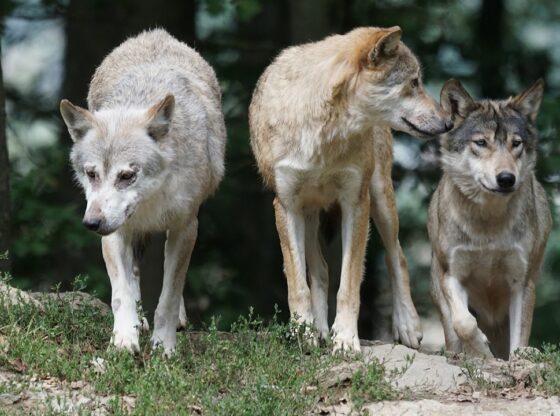
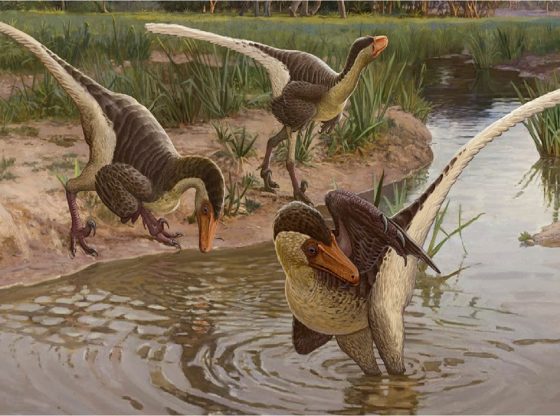


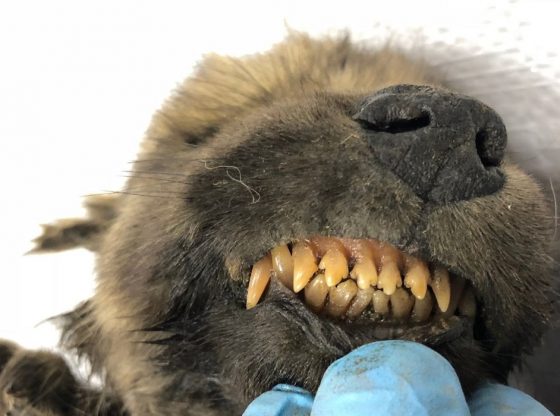
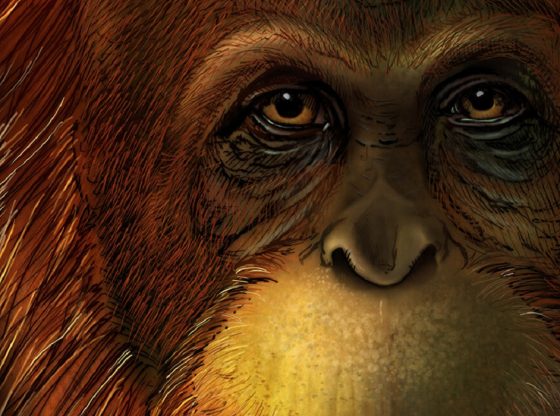
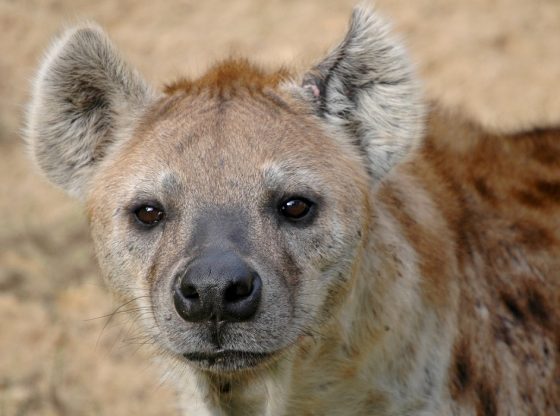
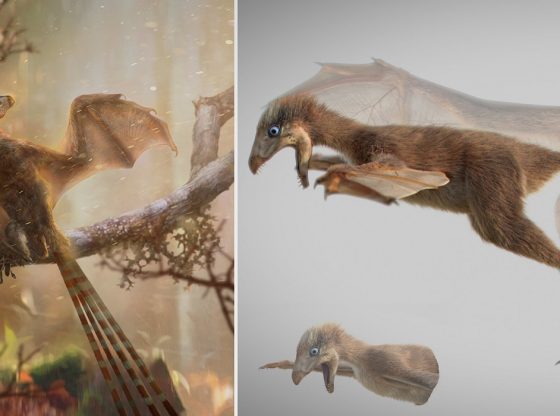
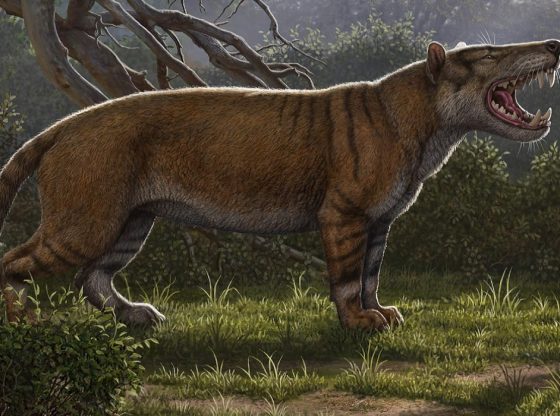
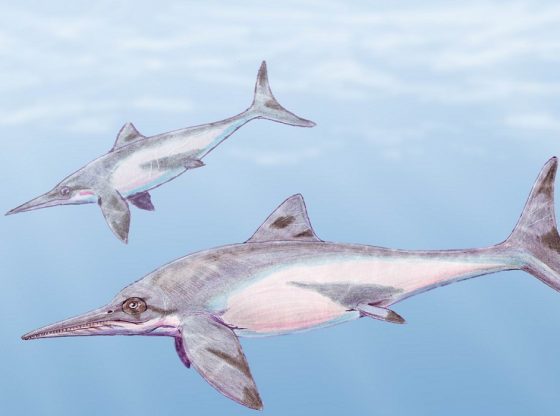
![OpenAI. (2025). ChatGPT [Large language model]. https://chatgpt.com](https://www.illustratedcuriosity.com/files/media/55136/b1b0b614-5b72-486c-901d-ff244549d67a-350x260.webp)
![OpenAI. (2025). ChatGPT [Large language model]. https://chatgpt.com](https://www.illustratedcuriosity.com/files/media/55124/79bc18fa-f616-4951-856f-cc724ad5d497-350x260.webp)
![OpenAI. (2025). ChatGPT [Large language model]. https://chatgpt.com](https://www.illustratedcuriosity.com/files/media/55099/2638a982-b4de-4913-8a1c-1479df352bf3-350x260.webp)








